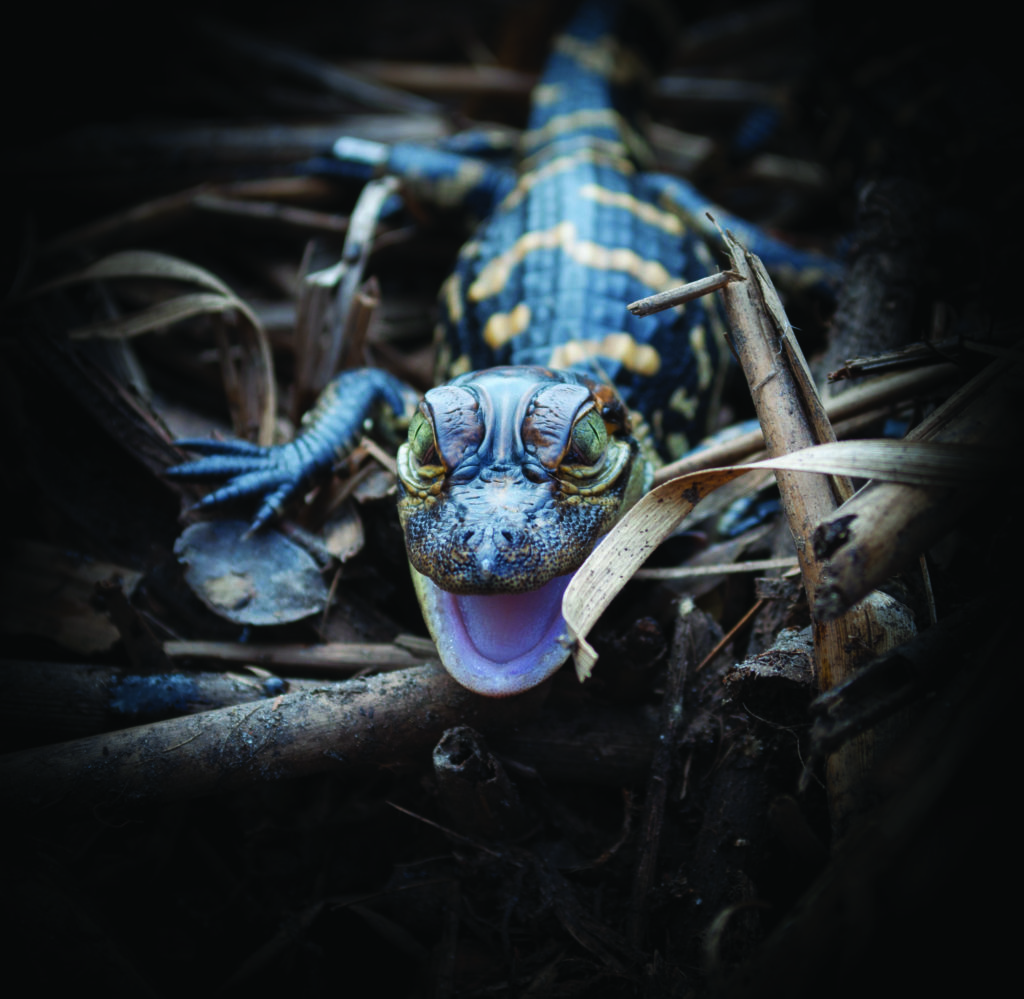
Picture: Samantha Bock
Check out this news article, “Why baby alligators in some spots could be 98% female by century’s end” in Nature covering the research!
Species displaying temperature-dependent sex determination (TSD) are especially vulnerable to the effects of a rapidly changing global climate due to their profound sensitivity to thermal cues during development. Predicting the consequences of climate change for these species, including skewed offspring sex ratios, depends on understanding how climatic factors interface with features of maternal nesting behaviour to shape the developmental environment. Here, we measure thermal profiles in 86 nests at two geographically distinct sites in the northern and southern regions of the American alligator’s (Alligator mississippiensis) geographical range, and examine the influence of both climatic factors and maternally driven nest characteristics on nest temperature variation. Changes in daily maximum air temperatures drive annual trends in nest temperatures, while variation in individual nest temperatures is also related to local habitat factors and microclimate characteristics. Without any compensatory nesting behaviours, nest temperatures are projected to increase by 1.6–3.7°C by the year 2100, and these changes are predicted to have dramatic consequences for offspring sex ratios. Exact sex ratio outcomes vary widely depending on site and emission scenario as a function of the unique temperature-by-sex reaction norm exhibited by all crocodilians. By revealing the ecological drivers of nest temperature variation in the American alligator, this study provides important insights into the potential consequences of climate change for crocodilian species, many of which are already threatened by extinction.
Bock SL, Lowers RH, Rainwater TR, Stolen E, Drake JM, Wilkinson PM, Weiss S, Back B, Guillette Jr L, Parrott BB. Spatial and temporal variation in nest temperatures forecasts sex ratio skews in a crocodilian with environmental sex determination. Proceedings of the Royal Society B. 2020 May 13;287(1926): 20200210.